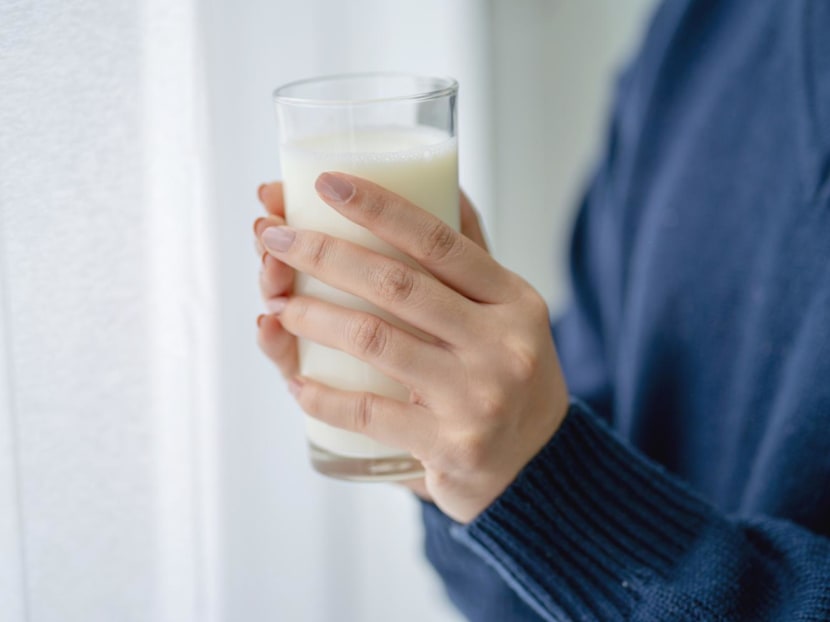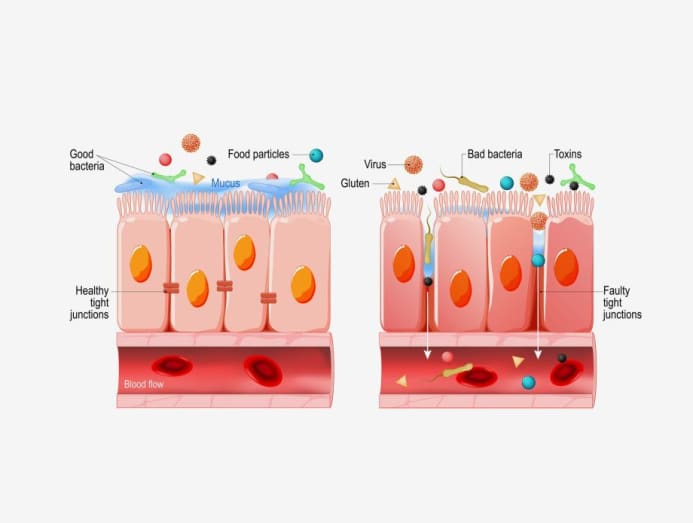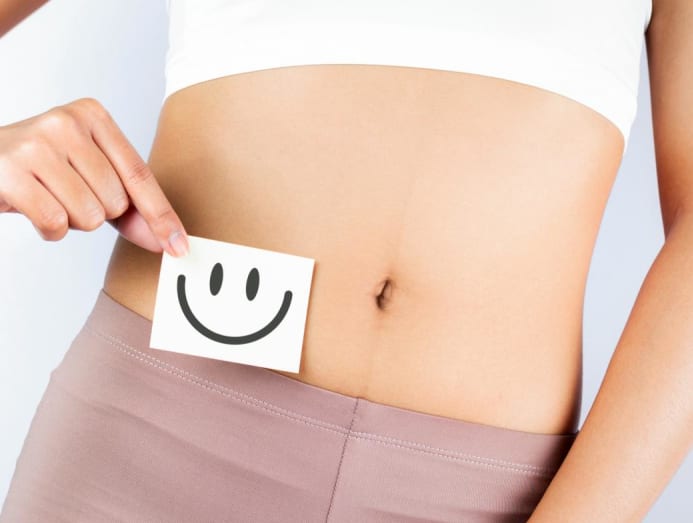Treatment for chronic diarrhoea, abdominal pain might be found in milk
Milk is found to contain nano particles that could well be the new and unlikely gut-protecting ally for those with leaky gut syndrome, say National University of Singapore researchers. And they may be even better than probiotics.

(Photo: iStock/Phira Phonruewiangphing)
Milk is probably the last thing you feel like having if you have leaky gut syndrome and suffer from chronic diarrhoea or abdominal pain.
But now, researchers from National University of Singapore (NUS) have discovered that nano particles known as milk-derived extracellular vesicles (mEVs), which are derived from cow’s milk and human breast milk, could potentially be a new treatment for these patients.
The research, published in Science Advances in April, found that the proteins and small nucleic acids carried in mEVs suppressed intestinal inflammation and repaired the damaged gut barrier, said lead researcher Assistant Professor Wang Jiong Wei from the Nanomedicine Translational Research Programme and Centre for NanoMedicine at the Yong Loo Lin School of Medicine at NUS.
More important, the mEVs prevented the leakage of gut bacterial toxins into the blood stream to avert toxin-induced liver damage.

Leaky gut syndrome refers to a collection of symptoms such as chronic diarrhoea, constipation, flatulence, abdominal pain, bloating and nutritional deficiency. These very signs are also seen in those with non-alcoholic fatty liver disease, inflammatory bowel disease and irritable bowel syndrome.
According to a press release from NUS, non-alcoholic fatty liver disease affects 40 per cent of Singapore’s population, while inflammatory bowel disease impacts one to three in every 10,000 Singaporeans. As for irritable bowel syndrome, one in 10 people suffer from it, noted HealthXchange.sg.
So, what is exactly leaking in your gut? And how do these milk particles help?
WHAT IS LEAKING IN LEAKY GUT SYNDROME?
Picture the gut barrier in your gastrointestinal tract as the MRT fare gates. This semi-permeable barrier allows what the body considers “paying passengers” or nutrients from food to pass through and enter the bloodstream – and keeps out trouble-causing ones such as bacteria, viruses and toxins.
However, these fare gates aren’t failproof. There are instances when the barriers become defective or porous, and unsavoury agents get through. Your diet (excessive intake of processed carbohydrates and sugar, food additives and preservatives), lifestyle (heavy alcohol consumption, smoking, chronic stress) and medication (antibiotics and painkillers) can play a part in causing the “gates” to fail.
HOW DO THESE MILK NANO PARTICLES WORK?
The mEVs can “recruit good anti-inflammatory immune cells, while inhibiting or reducing inflammatory immune cells”, said Asst Prof Wang. “They also stimulate the immune cells to produce anti-inflammatory proteins, thereby reducing gut inflammation and enhancing gut health.”
And in a way, these mEVs also function like probiotics by increasing the diversity of gut bacteria, all while promoting the number of good bacteria and keeping a lid on bad ones, he said.
“Most probiotics do not survive after oral intake as they are mostly killed in the stomach due to gastric acid and digestive enzymes, whereas mEVs can go through the gut system and reach the bowel to act.”

HOW ARE THE MEVS OBTAINED FROM MILK?
The process is rather similar to cheese making, according to Asst Prof Wang. Whey, the cloudy liquid that is drained after milk has curdled, is what the researchers use. The mEVS are then separated from the whey by subjecting the latter to high-speed spinning.
“The raw mEVs are subsequently purified through the chromatography process”, said Asst Prof Wang, which involves using a filtering system and a size-exclusion device.
As for human breast milk, Asst Prof Wang noted that the breast milk produced at different stages during and after pregnancy – be it colostrum, transitional or mature breast milk – all have “similar gut barrier protection”. Colostrum milk is produced during pregnancy, whereas transitional milk is produced two to three days postpartum. About 10 to 15 days after birth, the breast milk changes to mature milk.
HOW WOULD THESE MILK NANO PARTICLES BE TAKEN?
As for how much of these milk nano particles an average adult would need, you may have to drink 1 litre of milk a day to achieve those gut-protecting benefits, said Asst Prof Wang, which is not viable if you’re lactose tolerant. That equates to at least 10 trillion to 30 trillion particles of mEVs – or 20mg of mEVs per day, he said.
“Currently, the researchers are still working on getting clinical validation in humans,” said Asst Prof Wang. It may take another two to three years to produce a commercial product such as a supplement in powder, capsule or drink form, he said.







